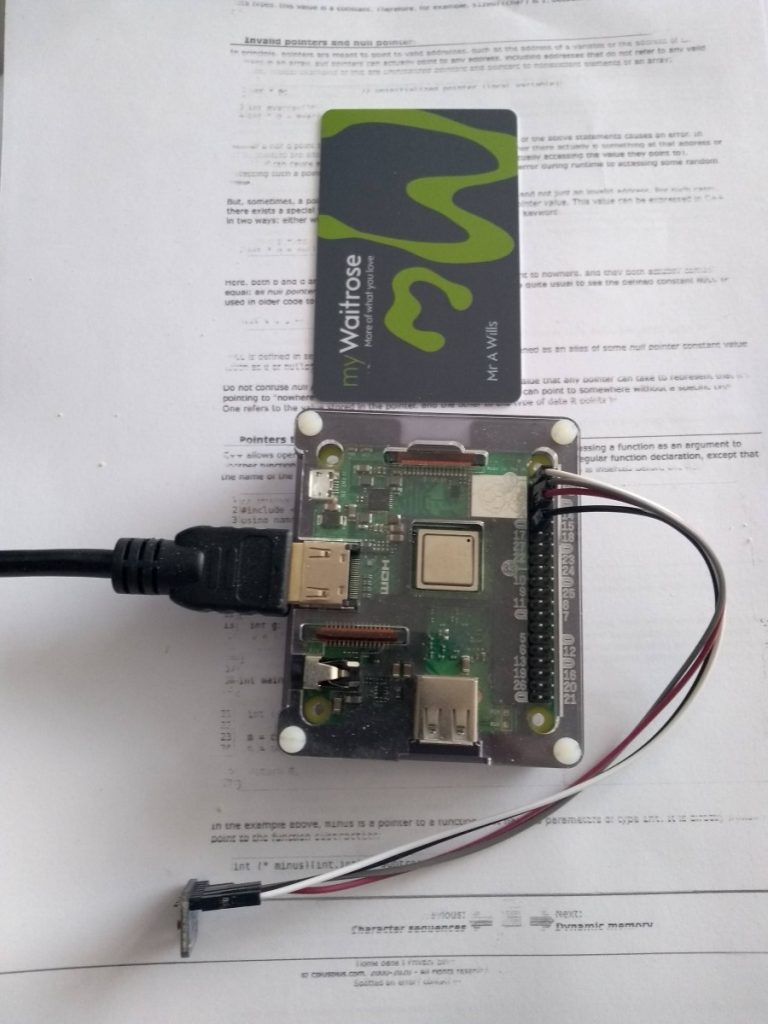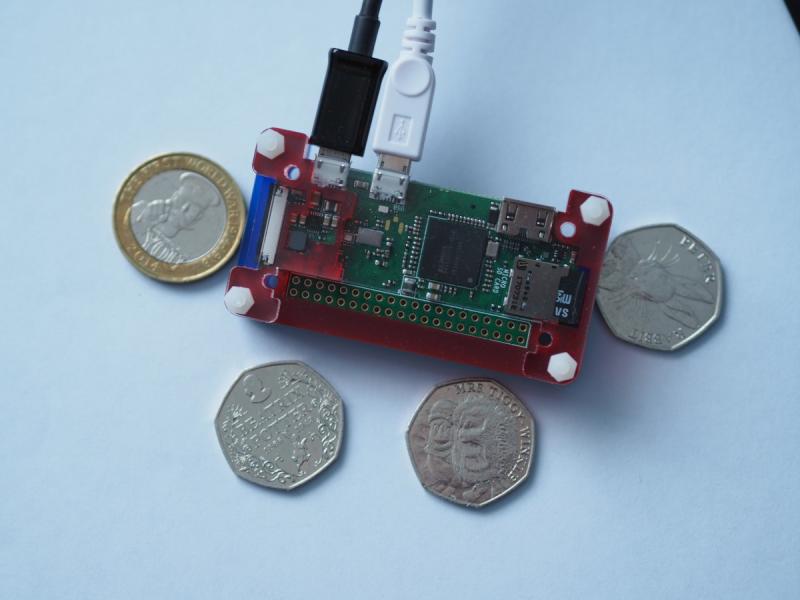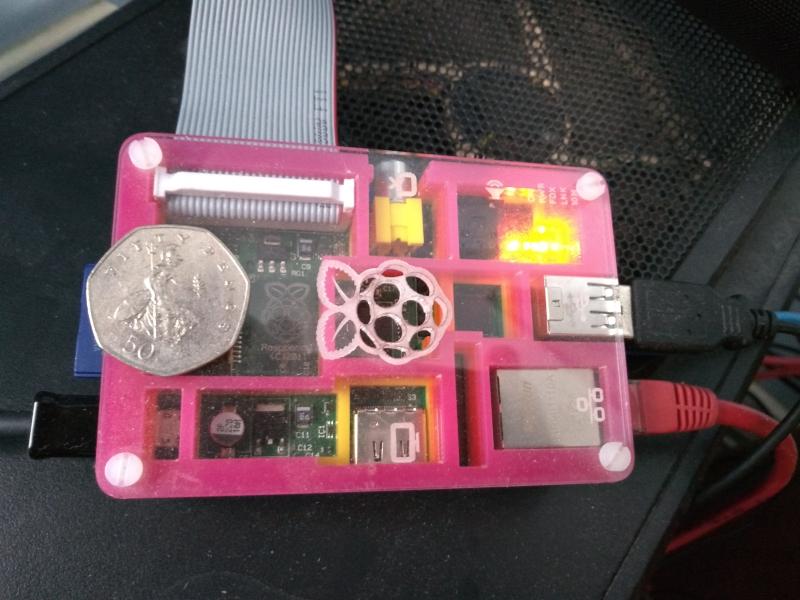I strongly object to paying over £150 per year to the BBC so that I can watch Channel 4, ITV or other TV channels. I’m not too happy that we pay about £100 per year to Amazon Prime for access to their very limited content; we watch less than 1 film a month on Amazon, which is poor value for money in my opinion.
I could cancel the BBC license and Amazon Prime subscription and just use the internet for access to TV, but I’d need a nice easy way to do that.
One option is Kodi. Kodi runs on small Linux computers, set top boxes and things like Amazon firestick. I have a Raspberry Pi which is a small Linux computer so I decided to give Kodi a go.
Initially I used Buildroot and configured a very small kernel that included Kodi, but that didn’t work out too well. My config with Kodi ran very slowly and was unusable. I had to look for a better solution.
Then I found LibreElec, https://libreelec.tv/ who have created a number of Kodi downloadable images, including some for the various versions of Raspberry Pi. I read LibreElec’s documentation and decided to download a suitable image and give it a go.
Kodi itself doesn’t provide a lot by itself; it provides an application from which content is accessed via its numerous add-ons. I installed the ‘Scrubs’ video content add-on which gave me access to a vast number of films, TV shows, Sky channels and much more. I also installed the iPlayer add-on for access to BBC and a Youtube add-on.
The Raspberry Pi is a model 3 with 1Gb of RAM, 100 base ethernet, Wi-fi, bluetooth and HDMI so connects to my router via an ethernet cable and uses a HDMI cable to a spare HDMI socket on the TV. Power is provided by a small USB power adapter.
It’s brilliant. There are add-ons for all sorts of content from all over the world and it costs nothing. Well, the Pi was £35 plus a little more for its case. As the TV is CEC enabled, the TV remote control is used to navigate Kodi menus and interface.
It’s so good that I am now going to cancel my BBC license and cancel Fiona’s Amazon Prime subscription saving around £250 per year. I might even buy the new Raspberry Pi 4 which has a 4k video interface. Thumbs up for LibreElec and Kodi.
Update December 2020
As I have now purchased a Chromecast with Google TV. This super little device provides Kodi, Youtube, Plex, Netflix, Amazon and a whole host of other streaming services so I have decommissioned the Pi and returned it to the bedroom.



